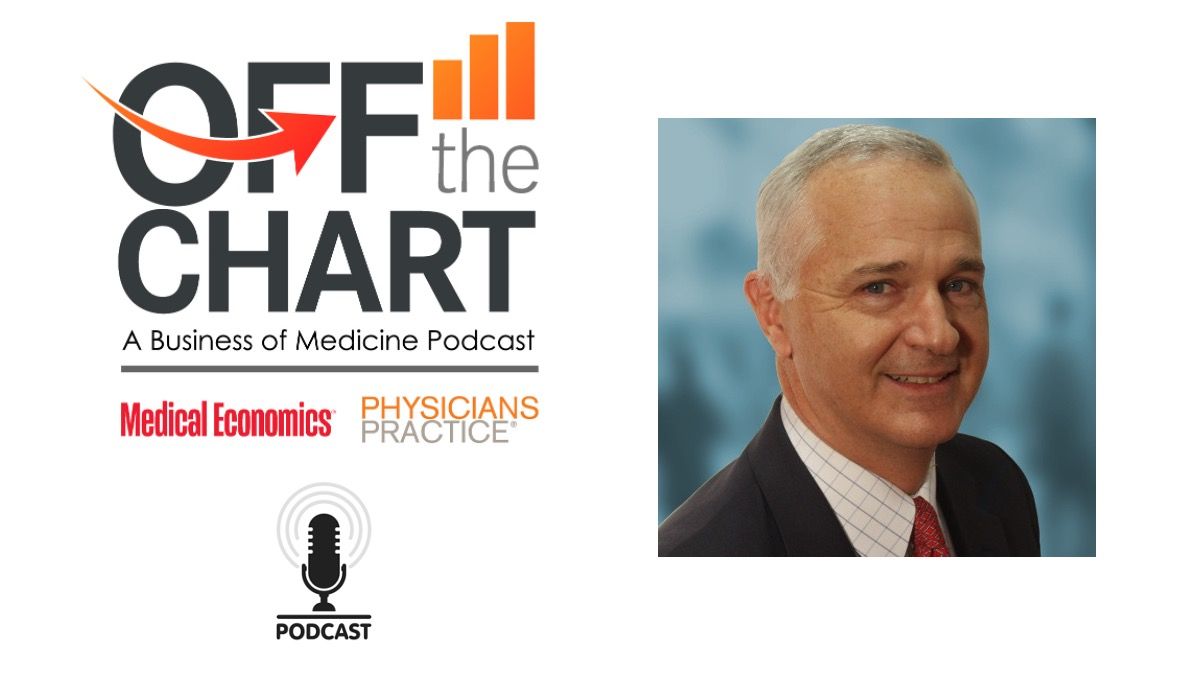Article
Virtual visits boost primary care outcomes
Nurse practitioners and physician’s assistants have benefited primary care practices with their expertise for years, but they’re now reaching patients virtually, helping primary care practices in the process.
Nurse practitioners and physician’s assistants have benefited primary care practices with their expertise for years, but they’re now reaching patients virtually, helping primary care practices in the process.
Related: Top 7 reasons physicians should consider telemedicine
Using physician extenders in a virtual environment has worked so well at Froedtert & the Medical College of Wisconsin’s health network that more nurse practitioners and physician’s assistants with telehealth experience are specifically being sought out. “Healthcare is changing rapidly, and we want to be able to meet (primary care) patients in their homes and assisted living,” says Karen Fickel MD, FACP, and medical director of the Virtual Clinic Core of Froedtert & Medical College of Wisconsin health network. “We’ve had remote monitoring services for over ten years with our Virtual Clinic Core, but what we’re recognizing is we need more.”
Physician extenders can work in a primary care office’s telehealth program in several ways. One practical use would be in mobile monitoring of patients who have chronic conditions. “There’s a whole emerging field of mobile health monitoring, and lots of companies are making monitors that people can place on their bodies, or software they can input their data, like blood sugars,” says Jeremy Young, MD, assistant professor and medical director of telehealth at the University of Illinois at Chicago.
Using physician extenders helps not only to manage electronically submitted data, but also to manage patients who have chronic, yet stable, diseases like diabetes, hypertension and asthma.
“A lot of patients who might be clinically stable but have chronic medical problems sometimes also have reduced mobility,” Young says, adding that this can be especially true for nursing home and assisted living patients, as well as patients who are incarcerated.
Further reading: Telemedicine boosts patient engagement, should remain priority for physicians
Instead of an office visit, a nurse practitioner or physician’s assistant could, for example, have a blood test or blood pressure check done at the nursing home, and then they could have a virtual visit.
Next: Better managing patients who suffer from challenging illnesses
“The telemedicine cart can be just wheeled into patients’ rooms, and they don’t have to be transported,” says Young. That allows for transportation savings, but it also saves time and allows practitioners to see other patients in their offices.
Popular online: MACRA cuts back health IT criteria for physicians
“With (electronically transmitted data), a nurse practitioner or physician’s assistant might be able to recognize (an acute) situation even before the patient knows,” Fickel says.
“This is an extra level of support, and we can catch things that otherwise would be unaddressed,” says Erin Green, RN, executive director for digital health operations at Froedtert & the Medical College of Wisconsin health network.
Telehealth visits can also be a way extended care providers can reach patients who otherwise wouldn’t visit their primary care providers.
“For an 80-year-old patient who maybe can’t drive so well and doesn’t have a lot of family support, most of a primary care visit could be done with telemedicine, and it would make their lives a whole lot easier,” Young says. “A lot of these patients just aren’t getting medical care. Instead of hopping in the car and driving to see a doctor, they’re just not going to the doctor. Telemedicine might improve outcomes, and it might decrease hospitalizations.”
Technology news: Everything doctors need to know about ICD-10 glitch
Virtual visits can also give physicians tools to better manage patients suffering from challenging illnesses and diseases. “Telehealth also allows physicians to keep closer tabs on their sickest patients,” says Peter Antall, MD, chief medical officer for American Well. “It allows a nurse practitioner or even a nurse to be responsible for weekly check-ins with an unstable COPD patient, an asthmatic who keeps being admitted into the emergency department and others.”
Extended care providers can also use telehealth during office visits to connect patients with other specialty providers, like connecting a depressed patient with a mental health care provider or a patient who comes in with a rash to a dermatologist.
Next: “The key is understanding"
“For behavior health, as many as 50% of patients who are recommended to go to therapy just don’t go, so having (in-office telehealth) can remove that barrier,” Antall says.
When implementing a telehealth program for physician’s assistants and nurse practitioners, having triage protocols in place is important.
“The key is understanding that while you can do most things with telemedicine, there comes a point when someone needs to come into the office,” Young says. Not everything can be diagnosed virtually, and sometimes, like regular office visits, a virtual visit might necessitate a follow-up visit or additional testing.
Right now, 29 states and the District of Columbia have telehealth parity laws, which allow for insurance reimbursement, and rules vary by state for physician extenders.
Further reading: Apple looks to expand healthcare presence
“Five years ago, it was only 13 states,” Young says. “Everyone should know the rules, regulations and restrictions for telehealth in their state, but absolutely, you can increase the catchment area of your patients.”
Virtual visits are considered “reimbursable” events, and another benefit is patient satisfaction, Antall points out
“This practice model allows you to take care of a much larger group of patients, but still maintain a personal relationship and help them more efficiently,” Fickel says. “There are patient experience improvements, there are cost savings to be able to intervene early, and we feel really strongly patients need us beyond traditional office hours.”





